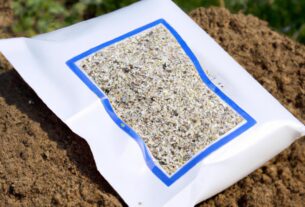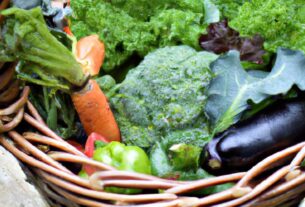Gardening is a rewarding and enjoyable hobby that allows you to connect with nature while transforming your outdoor space into a beautiful oasis. However, in regions with hot and dry climates, maintaining a lush garden can be challenging, especially during periods of drought. But fear not! Drought-tolerant gardening is here to save the day. By selecting plants native to arid regions and employing water-saving techniques, you can create a sustainable and thriving garden that requires minimal water and maintenance.
Choosing the Right Plants
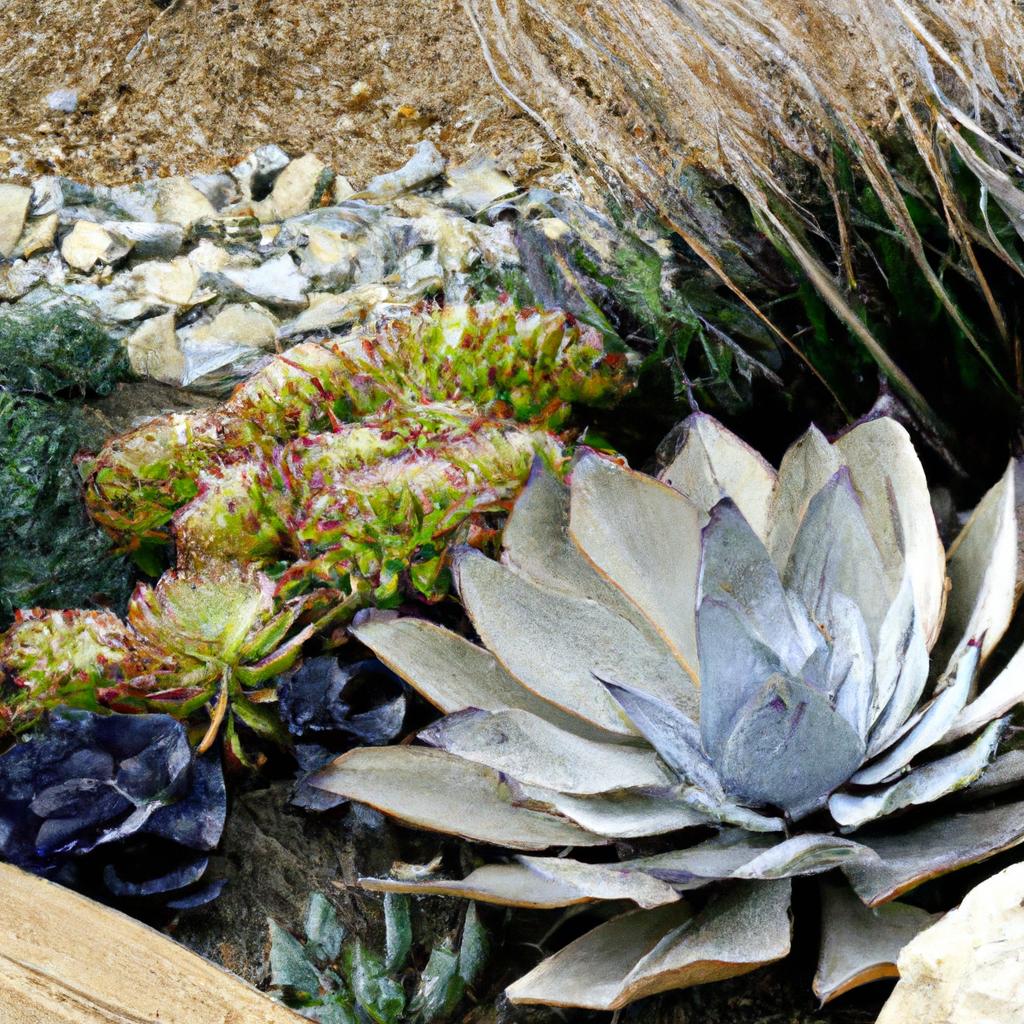
Choosing the right plants is crucial to the success of your drought-tolerant garden. Drought-tolerant plants are those that can survive and flourish in hot and dry conditions with minimal water. These plants possess unique characteristics that enable them to adapt to arid environments. Some of these characteristics include deep roots that can access water deep in the soil, thick leaves that reduce water loss through transpiration, gray or silver foliage that reflects sunlight and reduces heat absorption, and succulent leaves that store water for future use.
Examples of drought-tolerant plants include succulents, cacti, lavender, rosemary, and sage. When selecting plants for your garden, consider their water requirements, sun exposure, and soil type. Additionally, incorporating native plants adapted to your local climate will not only require less maintenance but also contribute to the overall health and sustainability of your garden.
Integrating drought-tolerant plants into your garden design can also enhance its aesthetic appeal. By combining different colors, textures, and heights, you can create a visually stunning garden that is both sustainable and functional. Consider grouping plants with similar water requirements, utilizing mulch to retain moisture, and incorporating hardscaping elements like rocks and gravel.
Watering Techniques
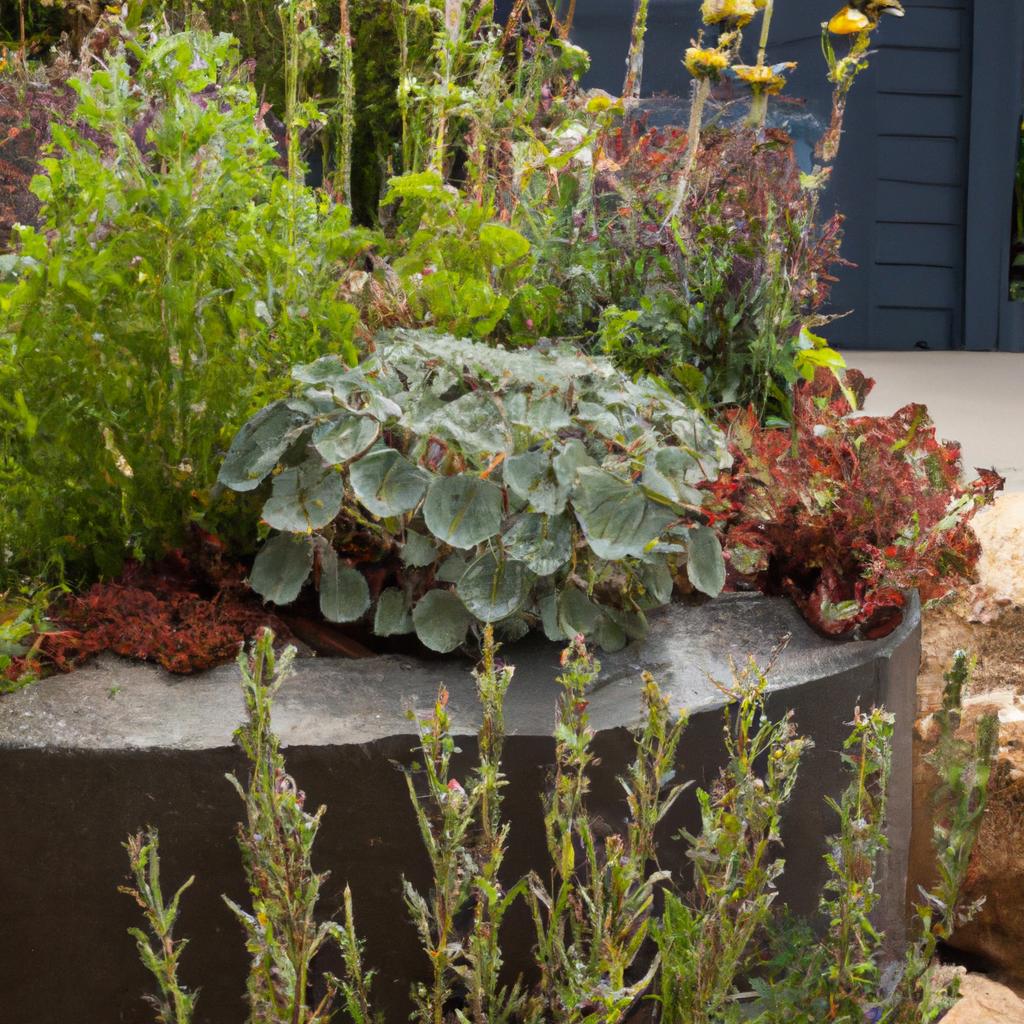
Watering plays a significant role in drought-tolerant gardening. While these plants require less water compared to traditional varieties, they still need regular watering to establish their roots and thrive. However, it’s important to strike a balance, as overwatering can be detrimental to drought-tolerant plants, leading to issues like root rot.
To ensure proper watering, consider the following techniques:
- Water deeply and infrequently: Allow the soil to dry out between waterings, ensuring the roots can access moisture deep within the ground.
- Use a drip irrigation system: Directly deliver water to the roots, optimizing efficiency and reducing evaporation.
- Water early in the morning or late in the evening: This minimizes evaporation and maximizes absorption.
- Utilize mulch: Mulch helps retain moisture and reduces water loss through evaporation.
By implementing these watering techniques, you can conserve water while ensuring the vitality of your drought-tolerant plants.
Stay tuned for the next section on “Soil Preparation” and “Maintenance and Care.”
Watering Techniques
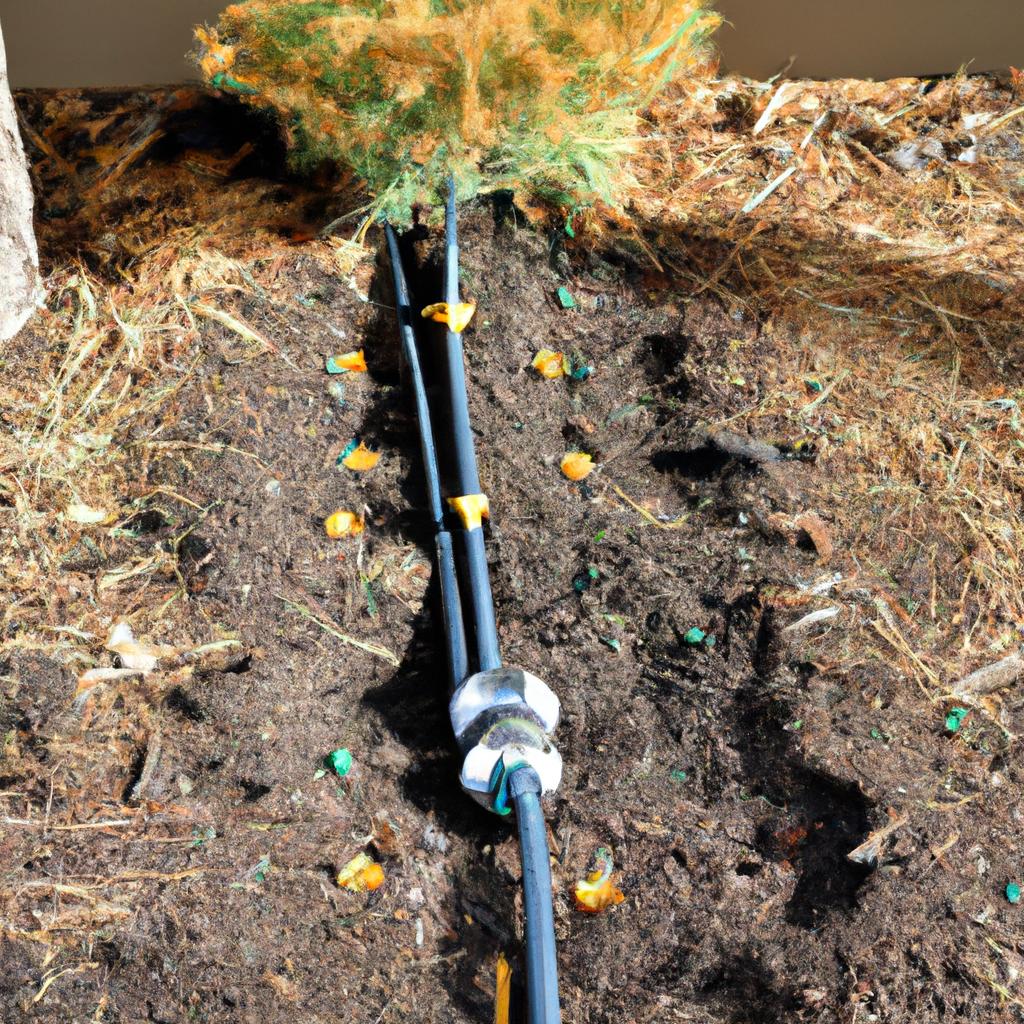
Proper watering techniques are key to the success of a drought-tolerant garden. Overwatering leads to water waste, soil erosion, and plant diseases, while underwatering causes drought stress and damages plants. Therefore, it’s vital to water your garden effectively to ensure optimal plant health while conserving water.
Deep watering is one of the most effective ways to water a drought-tolerant garden. This method involves watering the soil deeply, allowing the water to reach the roots. Deep watering encourages plants to develop deep roots, enabling them to access water stored deep in the soil, making them more drought-resistant. To deeply water your garden, utilize a soaker hose or drip irrigation system and water once or twice a week. Remember to avoid watering the leaves and flowers to prevent water evaporation and fungal diseases.
Another approach to watering a drought-tolerant garden is by employing water-saving irrigation systems. These systems are designed to conserve water while promoting optimal plant health. For example, a rainwater harvesting system allows you to collect rainwater and utilize it to water your garden during dry periods. Similarly, a graywater system recycles wastewater from your home for irrigation purposes. These environmentally friendly systems reduce water waste and can also save you money on your water bills.
Soil Preparation
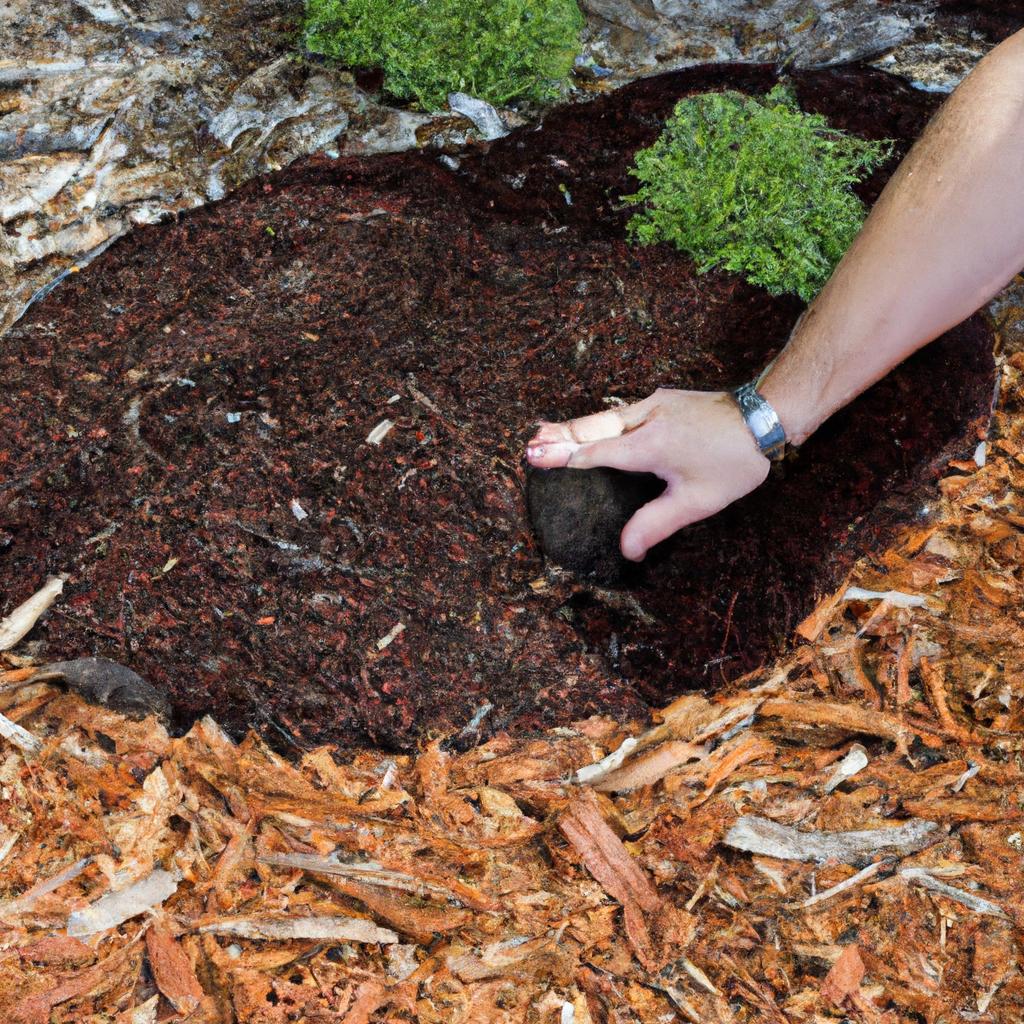
Soil preparation is another crucial aspect of drought-tolerant gardening. Proper soil preparation ensures that plants have access to essential nutrients, retains moisture, and minimizes water runoff. On the other hand, neglecting soil preparation can result in soil erosion, stunted plant growth, and wastage of water resources.
To prepare your soil for drought-tolerant plants, start by testing the pH and nutrient levels. This will help you determine which amendments your soil needs to support plant growth. For instance, if your soil is too acidic, you may need to add lime to raise the pH. Similarly, if your soil lacks nutrients like nitrogen, phosphorus, and potassium, organic fertilizers can be added to supplement them.
Mulching is another effective way to improve soil quality. By applying a layer of organic material such as leaves, straw, or bark to the soil surface, you can retain soil moisture, reduce soil temperature, and suppress weed growth. As the mulch breaks down, it enhances the soil structure and nutrient content, further nurturing your plants.
By following these soil preparation techniques, you can create a healthy and sustainable garden that requires minimal water and maintenance.
Maintenance and Care
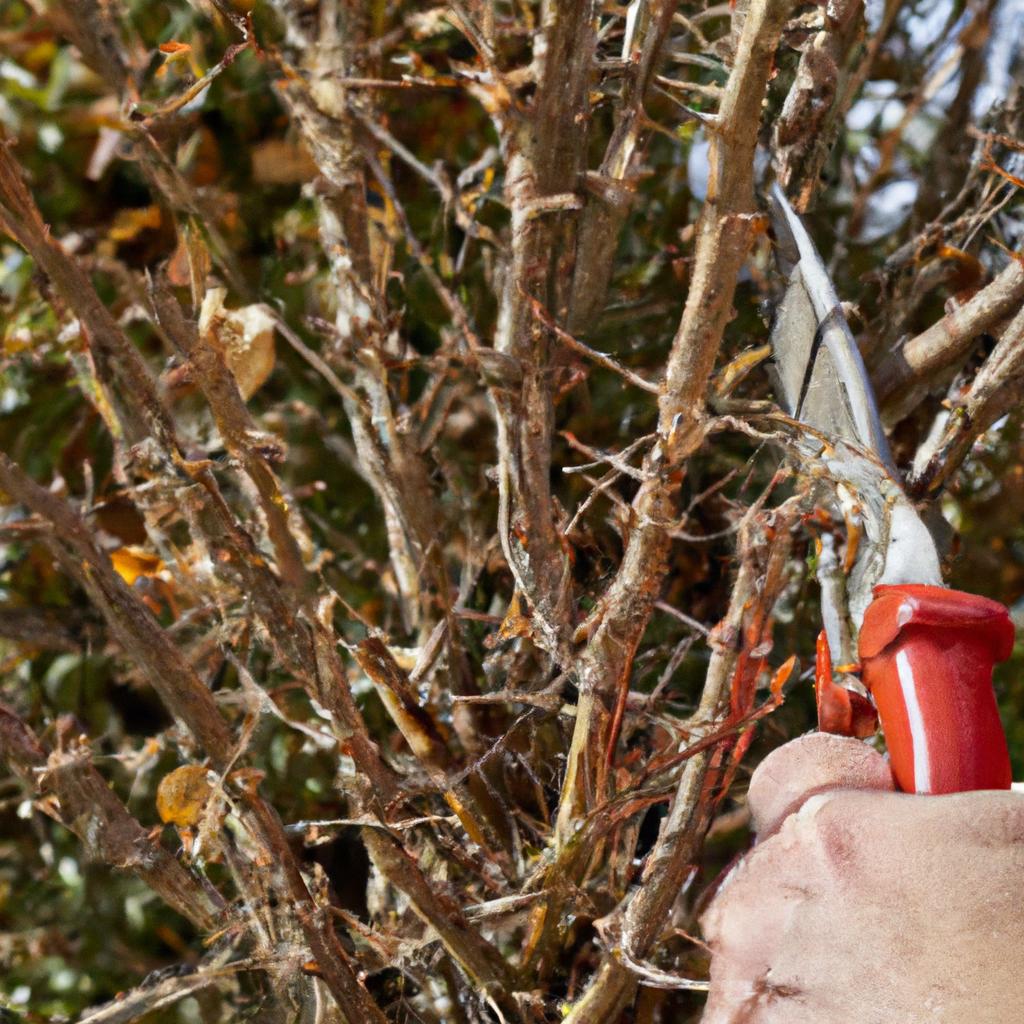
Maintaining a drought-tolerant garden requires minimal effort compared to traditional gardens. However, some maintenance and care are necessary to ensure the ongoing health and prosperity of your plants. Here are some essential practices for drought-tolerant gardening:
Pruning and Fertilizing Techniques
Pruning and fertilizing are crucial for the health and longevity of your drought-tolerant plants. Proper pruning techniques promote healthy growth and prevent overcrowding. For fertilization, consider using organic options like compost or manure to provide essential nutrients and minerals without harmful chemicals.
When pruning your plants, remember to:
- Remove dead or diseased branches
- Trim back overgrown branches
- Promote air circulation by removing crowded branches
Pest and Disease Management
Though drought-tolerant plants are generally more resistant to pests and diseases, they are not immune. Regularly inspect your plants for signs of pests or diseases and take appropriate action. Consider using natural pest control methods like companion planting or insect-repelling plants. If necessary, remove affected plants and dispose of them properly to prevent the spread of disease.
Soil Testing and Amending
Soil testing and amending contribute to your plants’ access to essential nutrients and minerals. By analyzing pH levels, nutrient content, and texture, you can make informed decisions about soil amendments. Adding organic matter such as compost or manure improves soil structure, increases water retention, and provides vital nutrients and minerals.
Conclusion
In conclusion, drought-tolerant gardening is a fantastic way to create a sustainable and splendid garden that thrives with minimal water and maintenance. By carefully selecting the right plants, implementing water-saving techniques, and practicing proper maintenance and care, you can achieve a garden that is both visually appealing and environmentally friendly.
We encourage you to embrace the benefits of drought-tolerant gardening. By incorporating these hardy and resilient plants into your garden design, you can enjoy a beautiful outdoor space while conserving water and promoting sustainability. For more gardening tips and advice, visit TooLacks, where we provide information on all things nature, gardening, animals, and more. Happy gardening!

